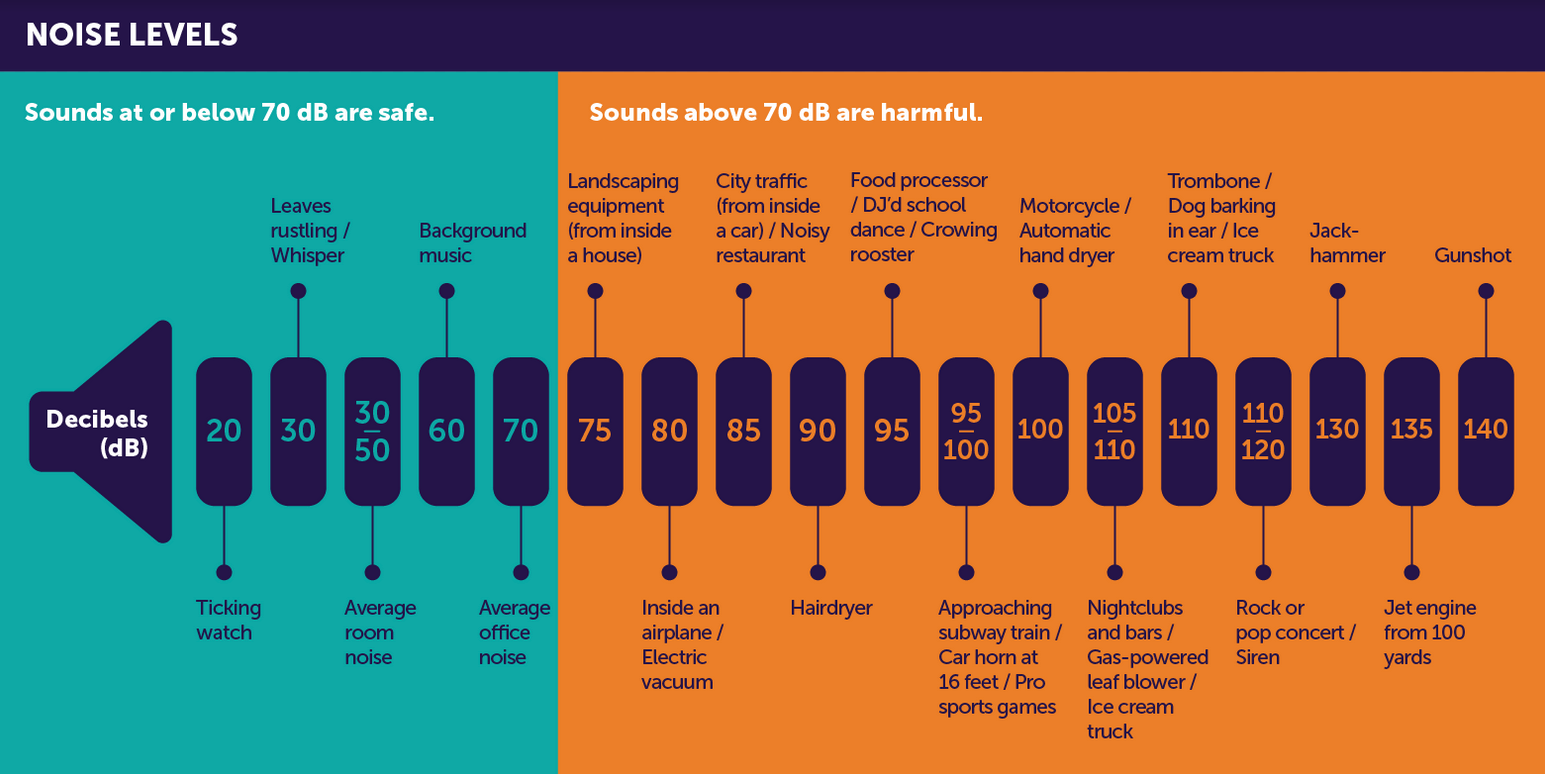Railway tracks are a critical part of urban infrastructure, but living near them comes with the challenge of noise pollution. For homebuyers and real estate investors, understanding the impact of railway noise is essential in making informed decisions. This article explores noise levels generated by trains, how distance affects sound reduction, and what it means for residential properties near railway corridors.
Noise Levels Near Railway Tracks
Trains generate significant noise, primarily from engines, rolling wheels, and horns. The intensity of this noise depends on multiple factors, including train type and speed. Here are some key figures:
- Diesel/Electric Trains: 85–100 dB at the source (10–20m from tracks).
- Train Horns: 100–110 dB, occasionally even higher.
For context, prolonged exposure to noise levels above 85 dB can contribute to hearing loss and increased stress levels, making it crucial for residents to consider sound exposure when choosing a home.
How Distance Reduces Noise Impact
A key factor in railway noise mitigation is distance. Sound levels decrease by approximately 6 dB for every doubling of distance from the source. This means:
- At 10m from tracks: ~95 dB (similar to a loud factory or heavy traffic).
- At 70m : ~75 dB (comparable to a busy street).
While the reduction is significant, 75 dB is still within a range that can cause discomfort over time, particularly in open or poorly insulated spaces.

Implications for Homebuyers
For those considering properties near railway corridors, here are some key takeaways:
- Noise insulation matters – High-quality windows, soundproof walls, and landscaping barriers can help mitigate sound impact.
- Building orientation helps – Homes positioned away from direct noise exposure (e.g., facing away from tracks) can experience lower sound intrusion.
- Future infrastructure developments – Upcoming flyovers, sound barriers, and green buffers may influence noise levels in the long term.
- Personal tolerance levels – While some residents adapt to train noise over time, others may find it disruptive, affecting sleep and overall comfort.
Final Thoughts
Railway proximity affects real estate value, livability, and long-term comfort. While distance helps reduce noise levels, other factors, such as insulation and urban planning, play a role in shaping the actual experience. Homebuyers should weigh the pros and cons before making a decision, ensuring their investment aligns with their lifestyle and noise tolerance.
If you are a home-buyer who values research and wants to make an informed decision, connect with our experts now.








